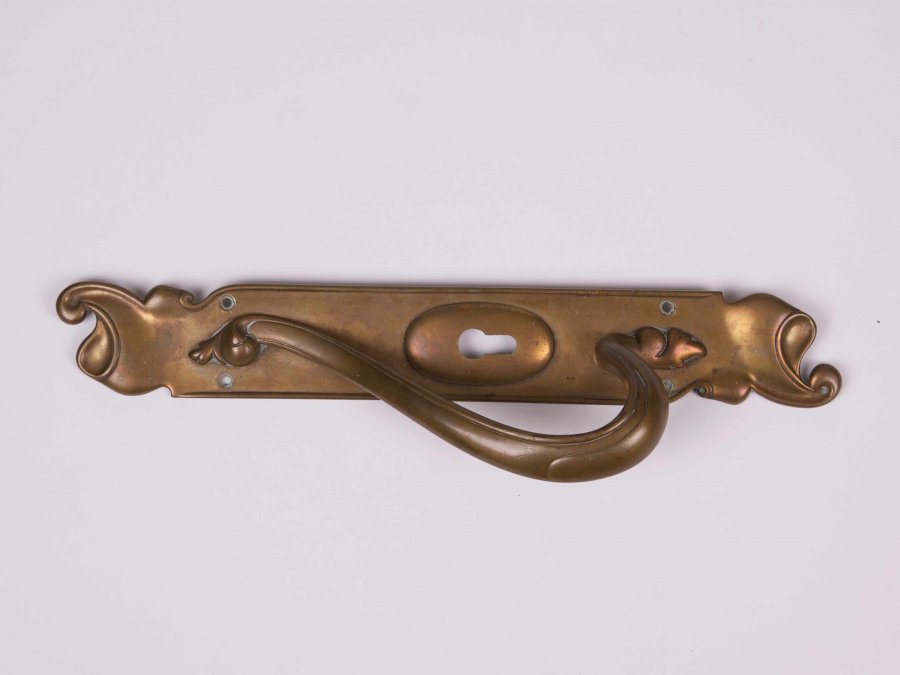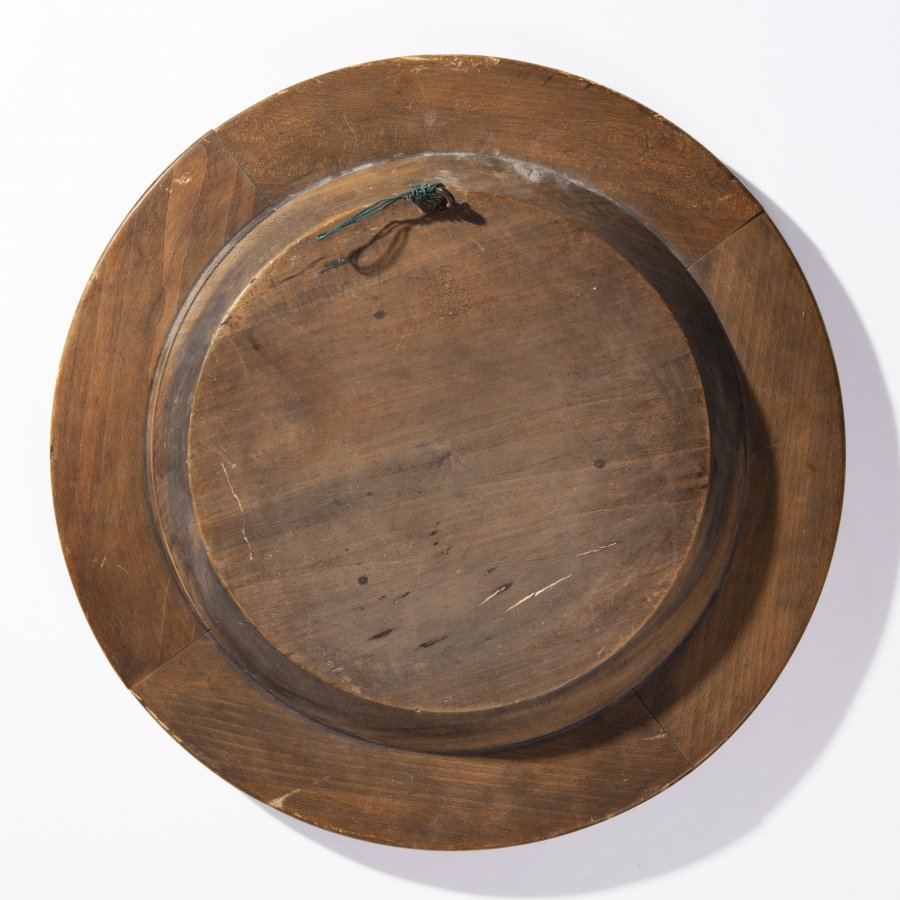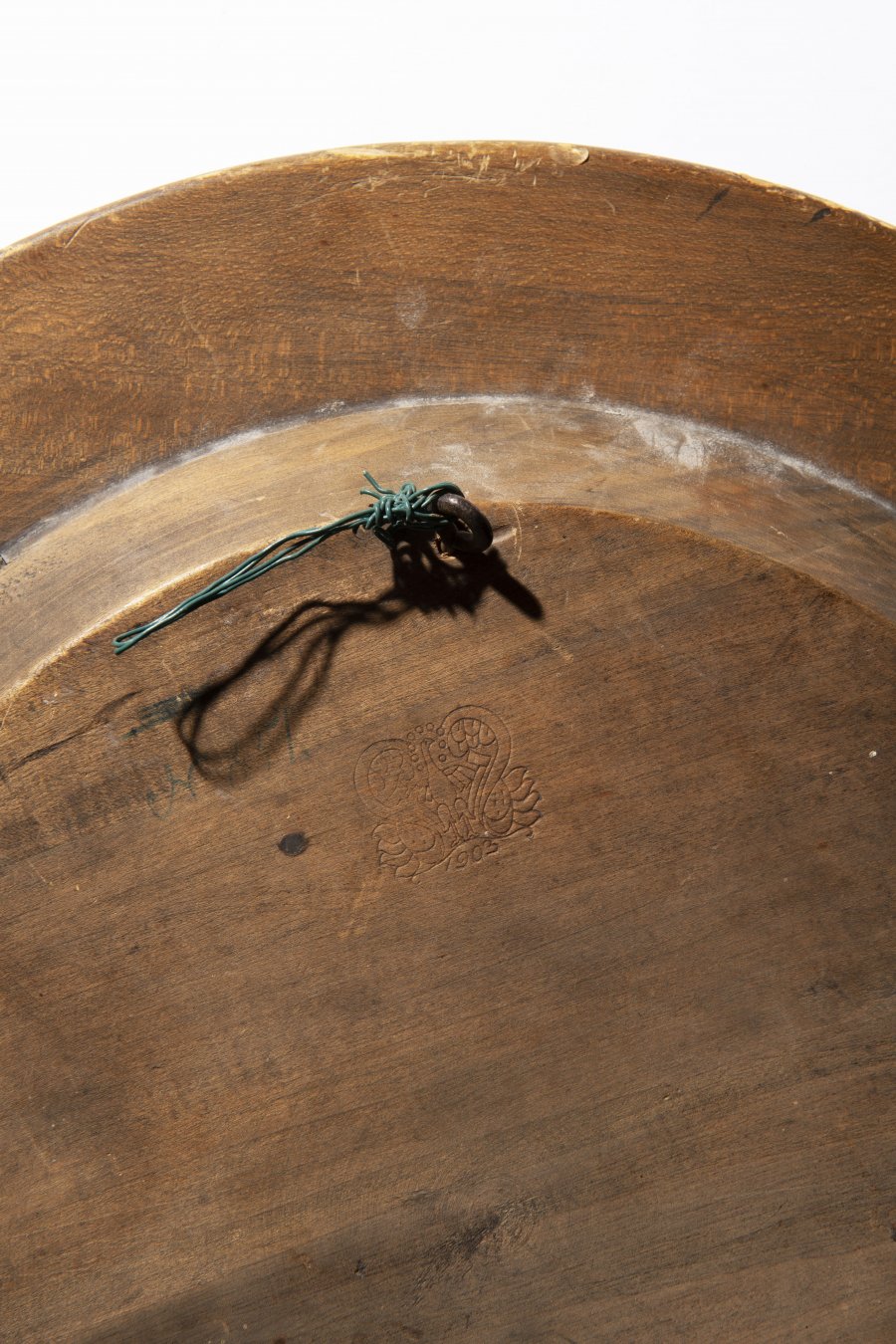25 000 CZK
| 980 €
Lot 34
A BOWL
Starting price
Price realized
160 000 CZK
| 6 275 €
| 6 275 €
price without premium
Carved and polychrome birch wood, pebbles.
Marked on back: imprinted mark, illegible number.
Bowl with a smooth central interior, rim decorated with carved foliage and inset with pebbles. Bowl designed by Alexei Zinovyev.
Ref.: Jesco Oser, Talashkino, Objects in wood from the workshops of princess M. Kl. Tenisheva, Rudentsovykh Publishing House, Moscow, 2016, p. 523.
Talashkino – collection of wooden and textile art objects hand-crafted in the artisan workshops of Talashkino, Russia.
A number of major Russian artists took up residence in the village of Talashkino in the 1890s and early 20th century (including Malyutin, Zinovyev, Beketov, Mishonov, Roerich), but in art history Talashkino is most closely associated with the name of its founder, Princess Maria Klavdievna Tenisheva (1858–1928). Princess Tenisheva was a remarkably active and artistically-oriented woman. She studied opera singing, but worked only minimally in music, instead turning all of her energy and interest towards visual art and education. The wealth provided through her marriage to Prince Vyacheslav Nikolayevich Tenishev (1843–1903) allowed her to open schools, collect old Russian and European art, build art workshops, and construct a museum and Russian Orthodox church. She was also a founder and supporter of Serge Diaghilev’s art movement and magazine Mir Iskusstva (World of Art). She later took up enamel painting. Her most important contribution to the arts, however, were the art workshops in Talashkino. In 1893 the Tenishevs purchased the estate of Talashkino, located outside of Smolensk in the westernmost part of Russia, from Princess Catherine Svyatopolk-Chetverinskaya, an old friend and later a companion of Princess Tenisheva. Shortly after the purchase, the princess established an agricultural school for the children of farmers from villages belonging to the Talashkino estate. The curriculum included art classes following the patterns of traditional Russian folk art, many examples of which could be found in Princess Tenisheva’s collection. These classes gradually grew into separate artisan workshops that produced furniture, wood carvings, ceramics, textiles, and especially embroidery; there was even a special textile dying workshop. Under the guidance of Sergey Vasilyevich Malyutin (1859–1937) the workshops progressed from imitating old patterns to creating more freestyle designs, but they remained true to their original inspiration from Russian folk art. Sales were overseen by the village’s flagship store in Moscow, Rodnik (est. 1903). Work from Talashkino was first shown in Western Europe at the Exposition Universelle of 1900 in Paris. Prince Tenishev had been named General Commissioner of the Russian Pavilions; his wife took care of the art section. Talashkino enjoyed high acclaim in Paris. Products from the workshops went on to be exhibited in other European venues, including Prague's Topič Salon, in 1909.
The objects presented for auction here unquestionably come from this source, and the majority are directly from the Topič family. Most of the wood carvings are by Zinovyev, one object was designed by Princess Tenisheva herself, and the design for one of the embroideries can be attributed to Nicholas Roerich (1874–1947). PhDr. Anna Janištinová
More works from auction
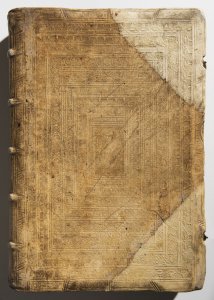
Lot 1 LIBER CHRONICARUM
Starting price650 000 CZK | 25 490 €
Price realized
650 000 CZK | 25 490 €
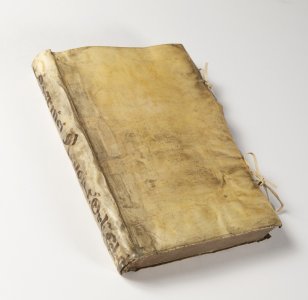
Lot 2 DE REVOLUTIONIBUS ORBIUM COELESTIUM
Starting price1 900 000 CZK | 74 510 €
Price realized
2 000 000 CZK | 78 431 €
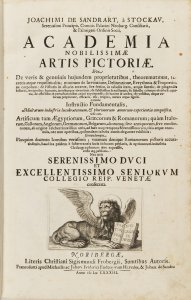
Lot 3 ACADEMIA NOBILISSIMAE ARTIS PICTORIAE
Starting price40 000 CZK | 1 569 €
Price realized
41 000 CZK | 1 608 €
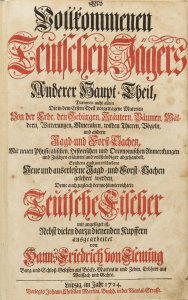
Lot 4 DES VOLLKOMMENEN TEUTSCHEN JÄGERS ANDERER HAUPT-THEIL
Starting price38 000 CZK | 1 490 €
Price realized
10 000 CZK | 392 €
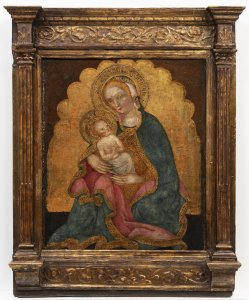
Lot 5 MADONNA WITH THE CHRIST CHILD
Starting price500 000 CZK | 19 608 €
Price realized
500 000 CZK | 19 608 €
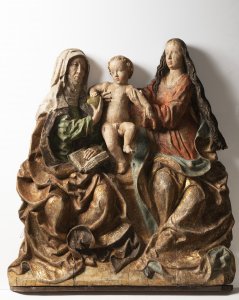
Lot 6 THE VIRGIN AND CHILD WITH ST. ANNE
Starting price350 000 CZK | 13 725 €
Price realized
350 000 CZK | 13 725 €
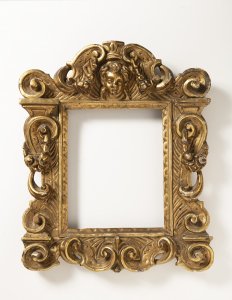
Lot 7 ITALIAN RENAISSANCE FRAME
Starting price55 000 CZK | 2 157 €
Price realized
65 000 CZK | 2 549 €
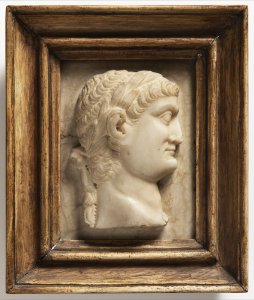
Lot 8 TWO RELIEF PORTRAITS OF ROMAN EMPERORS
Starting price45 000 CZK | 1 765 €
Price realized
45 000 CZK | 1 765 €
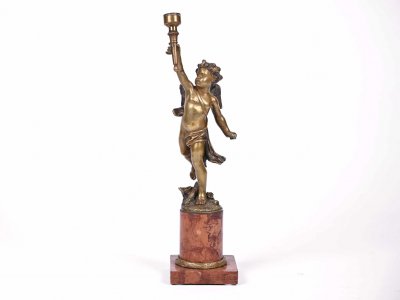
Lot 9 VENUS HONORED BY NYMPHS AND A FAUN
Starting price280 000 CZK | 10 980 €
Price realized
23 225 CZK | 911 €
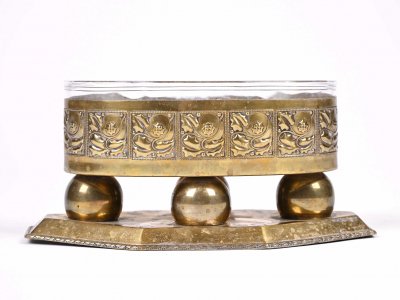
Lot 10 SAINT AGNES OF ROME
Starting price200 000 CZK | 7 843 €
Price realized
3 466 CZK | 136 €
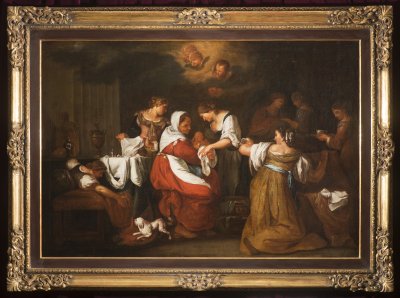
Lot 11 THE BIRTH OF THE VIRGIN
Starting price800 000 CZK | 31 373 €
Price realized
950 000 CZK | 37 255 €
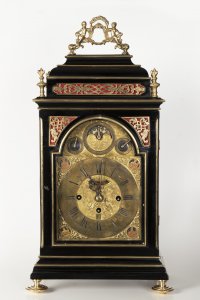
Lot 12 A BAROQUE TABLE CLOCK
Starting price100 000 CZK | 3 922 €
Price realized
100 000 CZK | 3 922 €

